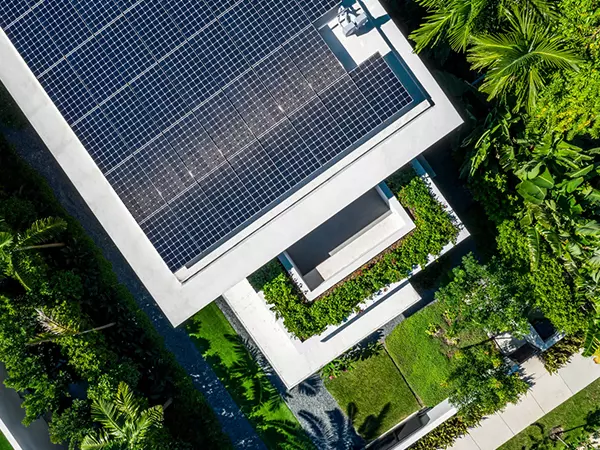
Kindly use Firefox or Google Chrome or Edge.

Kindly use Firefox or Google Chrome or Edge.
As the world confronts the escalating challenges of climate change, the role of architecture in creating sustainable, eco-friendly urban spaces has never been more critical. Buildings contribute significantly to global carbon emissions, which makes the transition to sustainable design imperative.
Blending advanced technology with forward-thinking design to create structures that harmonize with the environment. This movement is not just about reducing energy consumption—it’s about redefining the future of how we build, live, and thrive within our cities.
WHAT IS NET-ZERO CARBON ARCHITECTURE?
Net-zero carbon architecture refers to buildings designed to offset their energy consumption by generating an equal or greater amount of energy through renewable sources like solar panels, wind turbines, or geothermal systems. These buildings not only power themselves but also ensure that they don’t contribute any additional greenhouse gas emissions to the atmosphere.
HOW DOES IT WORK?
Net-zero buildings integrate innovative architectural designs with energy-efficient technologies. They are insulated and constructed with materials that minimize heat loss, while also incorporating smart systems to monitor and manage energy use. Advanced energy recovery systems ensure that no excess energy is wasted, while cutting-edge renewable technologies like photovoltaic panels or wind energy systems generate clean energy.
WHY IS IT IMPORTANT?
The importance of net-zero carbon architecture cannot be overstated in the context of today’s environmental challenges. As urban populations rise, the demand for energy-intensive infrastructure also increases, leading to higher carbon emissions. Buildings are among the largest contributors to global CO2 emissions, with operational energy use accounting for a significant portion of the carbon footprint.

A BLUEPRINT FOR THE FUTURE
Net-zero carbon architecture represents more than just a trend—it’s the future of urban development. These structures set a new standard for sustainability, serving as blueprints for future cities that are not only environmentally conscious but also capable of adapting to evolving energy demands. By prioritizing sustainability, we can ensure that the cities of tomorrow are livable, healthy, and resilient, balancing the needs of the environment with those of society.
Net-zero carbon architecture is a critical step toward a sustainable future. By designing buildings that produce as much energy as they use, we create cleaner, greener cities that support both people and the planet. Coldwell Banker Commercial Advantage can guide you to discover new techniques and trends in sustainability.